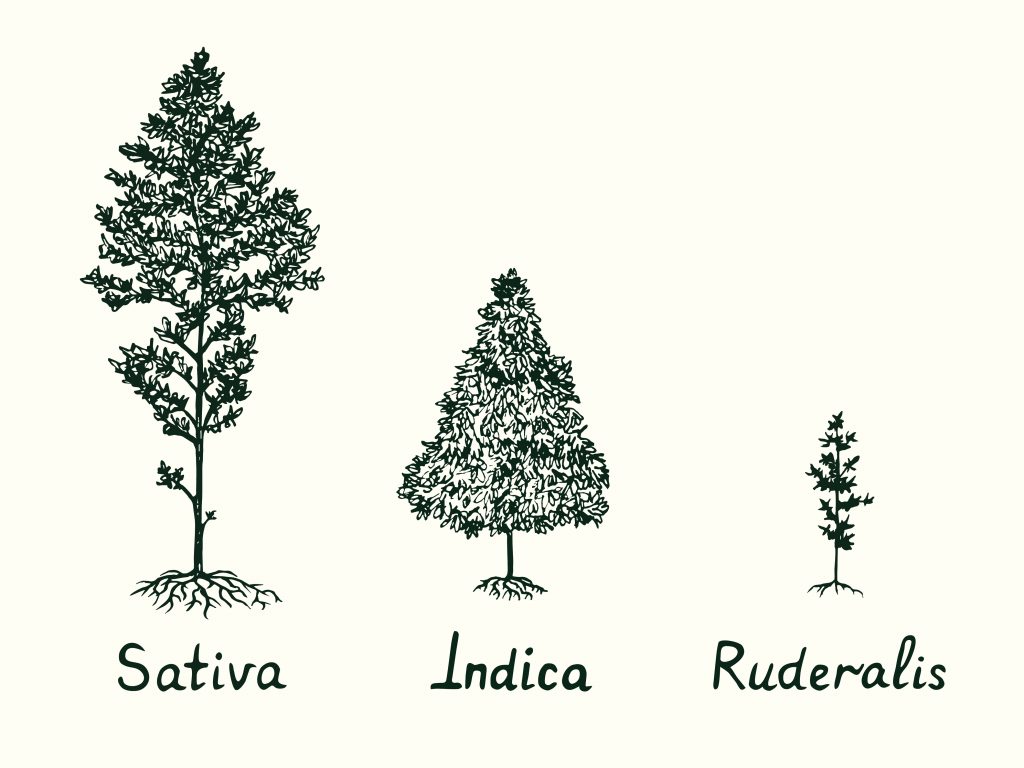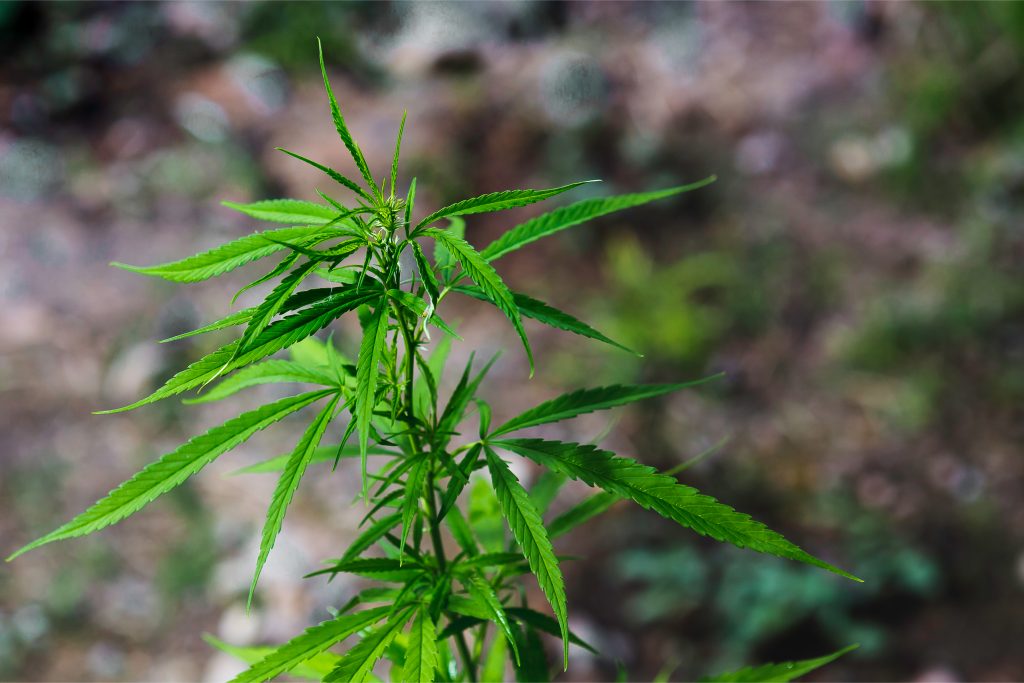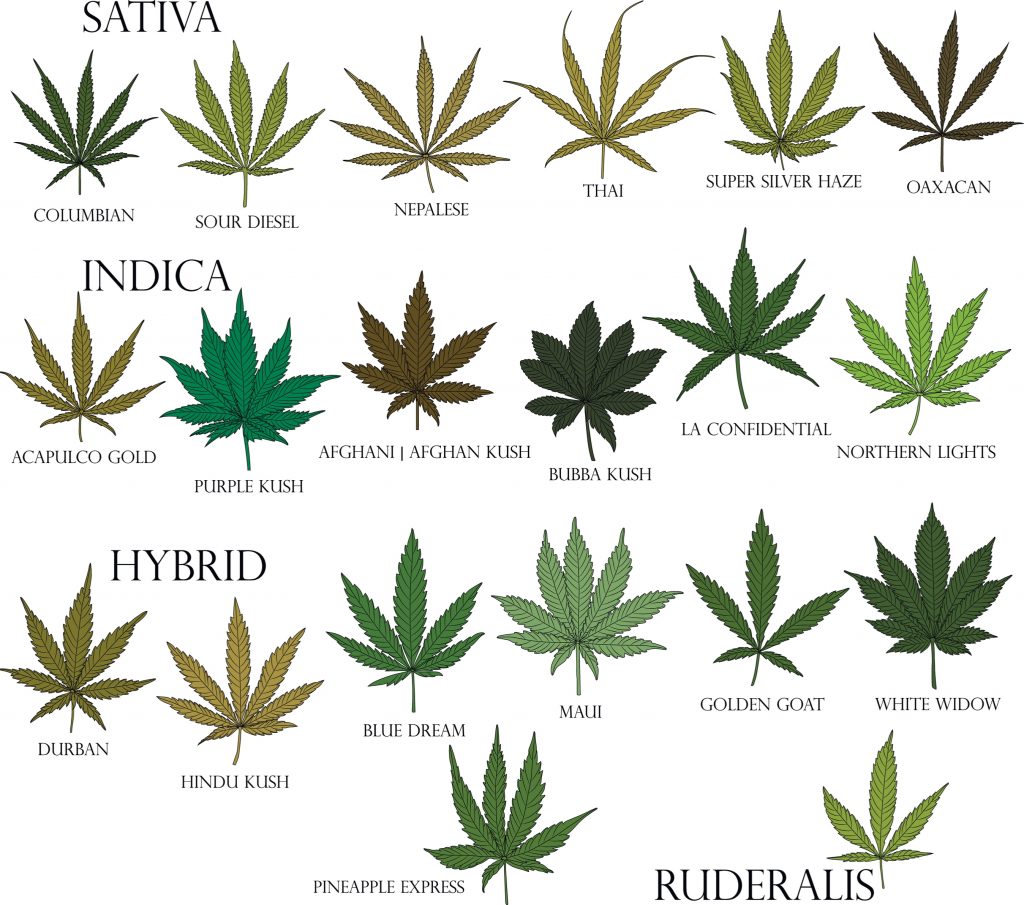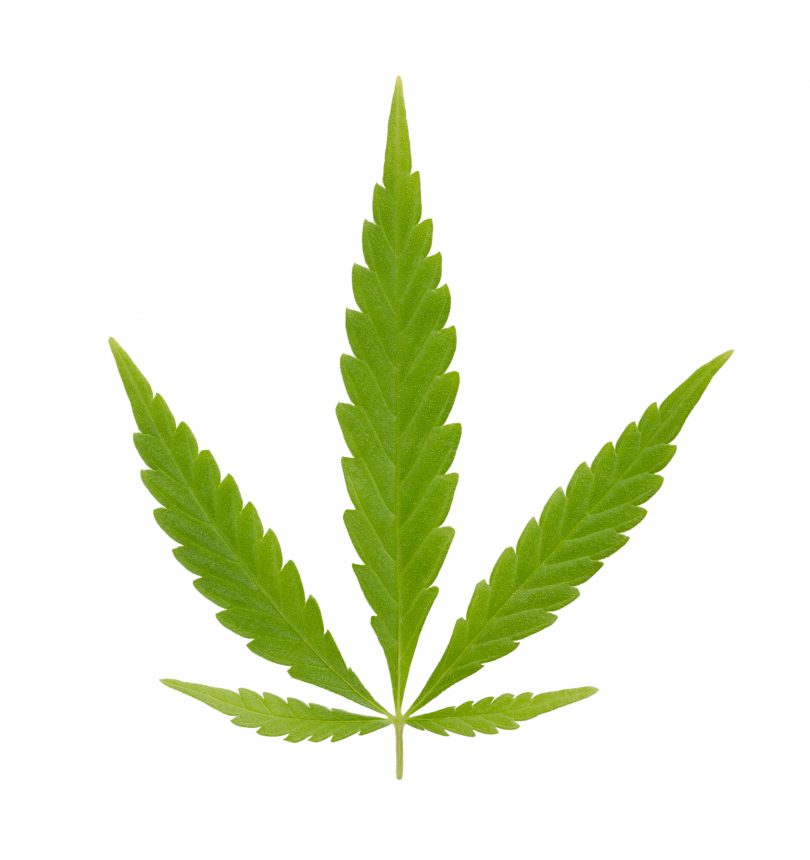We talk all the time about marijuana vs hemp, but technically, it’s all the same thing. Where there is a distinction in terms of taxonomy, is between Cannabis indica and Cannabis sativa. However, there’s one more to consider in all this, and we don’t hear its name much. What is this third species, Cannabis ruderalis, and what can it do?
There is a 3rd species in the cannabis genus, but we rarely talk about it, even though it’s frequently used. Perhaps Cannabis ruderalis will have a bigger name in the future. We’re a news site focusing on the cannabis and psychedelics fields of today. Keep up with everything by signing up to THC Weekly Newsletter, which puts you first in line for deals on tons of cannabis products, likes vapes, edibles, and other smoking paraphernalia. Plus, get premium access to cannabinoid compounds like delta-8 THC. Please remember, *cannabinoid compounds are not liked by everyone, and we only promote people use products they are comfortable with.
Cannabis indica and Cannabis sativa
Let’s start with what we know. We know that Cannabis is a genus under family name Cannabaceae, and that genera have different species under them. We know that sativa and indica are two species within this genus, which are sometimes considered the same species. When looking at them together, generally just the name Cannabis sativa is used. They are both associated with high-THC, although some plants are also high – or higher – in CBD.
The plants themselves do look different. Indicas grow shorter, and have more dense branches, sativas are taller, with more spread apart branches. Indicas have shorter and broader leaves, while sativas have longer narrower leaves. In terms of psychoactive effects, indica plants are more associated with a body high, pain relief, and anti-anxiety properties, whereas sativa plants create a more cerebral and energetic high. However, some say this distinction doesn’t exist and the differences are only related to compounds like terpenes.
Both indicas and sativas range in the amount of THC and CBD they contain, with each species capable of producing high-THC or high-CBD plants. While ‘hemp’ and ‘marijuana’ are often referred to as two separate species, this is not the case at all. In terms of taxonomy, the classification of the plant doesn’t change based on THC content.

What is Cannabis ruderalis?
Whether indicas and sativas are technically the same species or not, there is a third part to consider. This third part also could be considered its own species, or lumped in with the other two, as a subspecies of sativa. This third species, Cannabis ruderalis, is just as much under the heading of ‘cannabis’, as the other two.
Cannabis ruderalis is native to Central and Eastern Europe, and in Russia and surrounding countries. Ruderalis plants grow smaller than the other two species, rarely topping two feet high. The stalks are thinner and flimsier, with less fiber, and less branching out. The leaves that grow on ruderalis plants are long and thin.
Sativa leaves have nine points, indicas, seven, and ruderalis plants have three main points, with two smaller points. Ruderalis plants are fully grown in 5-7 weeks from seed to harvest, which is a much shorter growing time than indicas or sativas, which require 2-3 months. Ruderalis plants also require no standard light cycle, and flowers grow out of maturity, making it autoflowering by nature.
Ruderalis is hardier than its brothers, and grows in more difficult and colder areas like the Northern Himalayas, or Siberia. It was initially found in 1924 by Russian botanist Dmitrij Janischewsky. At that time Janischewsky created the third species designation on account of its different structure and flowering habits.
Though larger forms of the plant do exist, and have been found in the same areas, the lack of human selection of these plants, have kept them solely acclimated to their own environment. Ruderalis has never had the popularity of its brothers because if its low THC content, which makes it less valuable for recreational and ceremonial use. However, it is often high in CBD. Though it can be used for hemp production, its smaller stature makes it less desirable than the other cannabis species.
Regardless of its low THC content, Cannabis ruderalis is regulated the same as regular cannabis plants, and is not a part of the hemp designation, as that only refers to Cannabis sativa. This acts as an oversight in that ruderalis plants can be a good source of CBD, with a naturally low amount of THC. Nonetheless, unless cannabis is legal for recreational or medical use in a place, use of ruderalis is illegal.

Benefits of Cannabis ruderalis
Do we use Cannabis ruderalis at all? The answer is yes, we do, though it’s not well-known to consumers, nor advertised in any way. Ruderalis plants have a few specific attributes that make them good for hybridization with the other cannabis species.
- One of the mains attractions, is its ability to autoflower, which is specific to ruderalis only of the cannabis species. Have you ever wondered why you can buy autoflowering indica or sativa seeds? Because they’re hybridized with ruderalis plants for this purpose. Autoflowering makes things easier in general for growers, as it means the plant will leave the vegetation state for the flowering state, on its own. Since it does this within its own time frame, and without regard to light patterns, this attribute makes for the possibility of multiple harvests within a single year.
- Ruderalis plants also have great disease and insect resistance, which make for another reason for their hybridization with other cannabis species. This is an aspect of being a ‘ditch weed’ that can grow nearly anywhere. In nature, it shows up in very difficult places to grow, and is able to deal with just about anything.
- Its ability to grow in more harsh climates makes it useful too, adding a sturdiness to other sativa and indica plants. Ruderalis seeds are so strong, they can even survive a season in frozen ground. This species is the only cannabis species that naturally grows in cold temperatures.
- Cross-breeding with ruderalis plants keeps the new plants a bit smaller. For growing in certain places, like inside, or in a confined area, this can offer benefits as well. Smaller plants are not always preferable, but for some growing situations, the smaller size makes for an easier grow.
- The shorter growing season is also an attractive quality for growers, and hybrids are frequently made to access this attribute. C. ruderalis has been crossed with different sativa and indica strains to produce autoflowering plants which are fully mature in 10 weeks. This makes for a substantially shorter growing period than with the other species alone.
Other uses of this species

Cannabis ruderalis makes an appearance in Russian and Mongolian natural medicine traditions, as its known indigenously in these places. It’s lack of THC kept it from being used the same way as sativa or indica plants. Whereas those two species were often employed as aids in ceremonial and ritualistic activities in different cultures, (due to the psychoactive effects), ruderalis is known as a medicine only in history.
Ruderalis strains were apparently hybridized with strains from the company Bedrocan to come up with the medication Bediol. The high CBD concentration of the species makes it good for anxiety patients and epileptics. Ruderalis formulations are also used in medications for cancer, sclerosis, and appetite loss, much like its brother species.
Ruderalis is not studied as much as the other two, and is less frequently directly used. Though it can be useful in medical preparations, and might become more relevant for these uses in the future, it’s main use now is in hybridization for accessing the unique characteristics listed above.
Conclusion
With all the cannabis hype these days, its funny that Cannabis ruderalis has taken such a back seat. As it contains the same general cannabinoids, and can be a high CBD species, the implication is that it has the same general medicinal uses (or similar) as the other species. I wonder if in the future, more will be done with ruderalis on the medical front.
Ruderalis is used more than people probably think, just not directly. The genetics provide ways to make indicas and sativas autoflower, which means having a specific light scheme isn’t necessary. It also can create hybrids that need a shorter growing time, and which can withstand more than other cannabis species in the way of cold weather, pests, and all around lousy growing conditions.
Hello everyone! Thanks for dropping by CBDtesters.co, the #1 online platform for news coverage of the cannabis and psychedelics industries. Check out the site frequently to stay up-to-date on the ever-changing landscape of cannabis and psychedelics, and check out The THC Weekly Newsletter, to keep on top of every new story.







